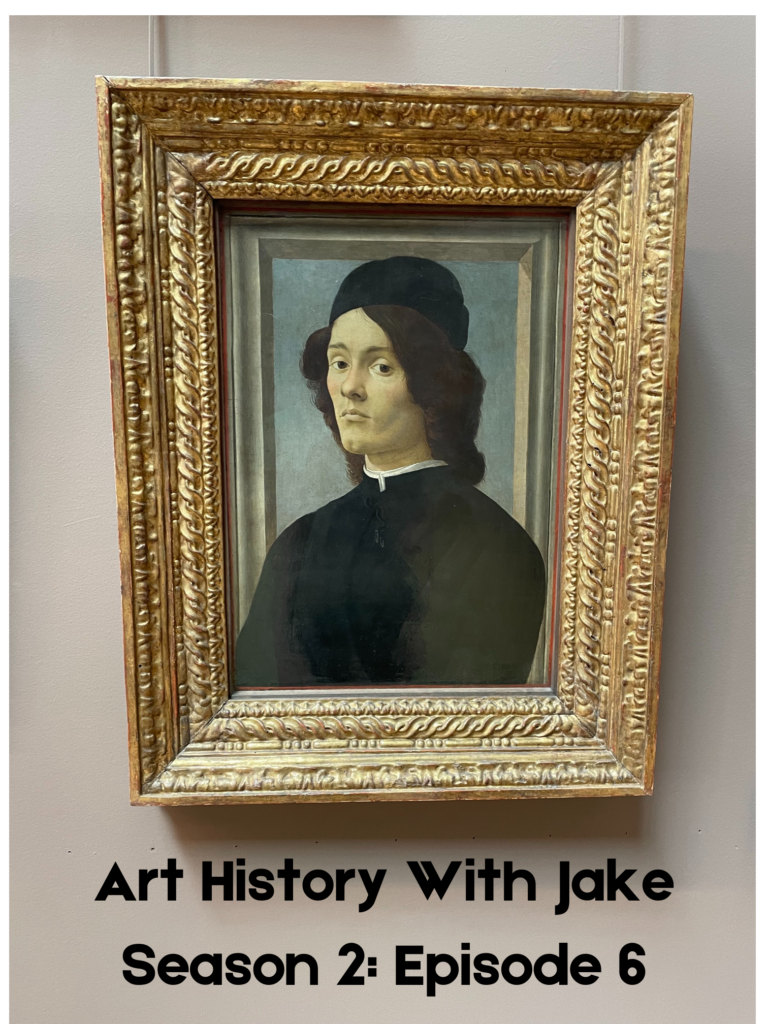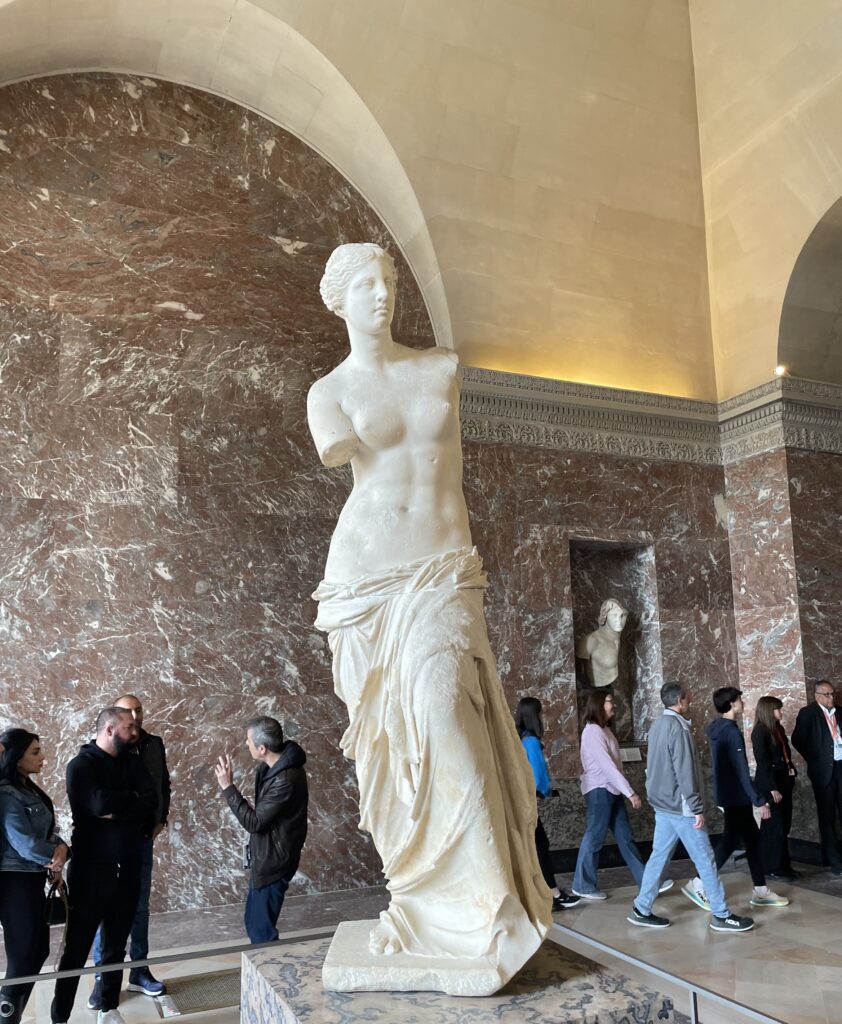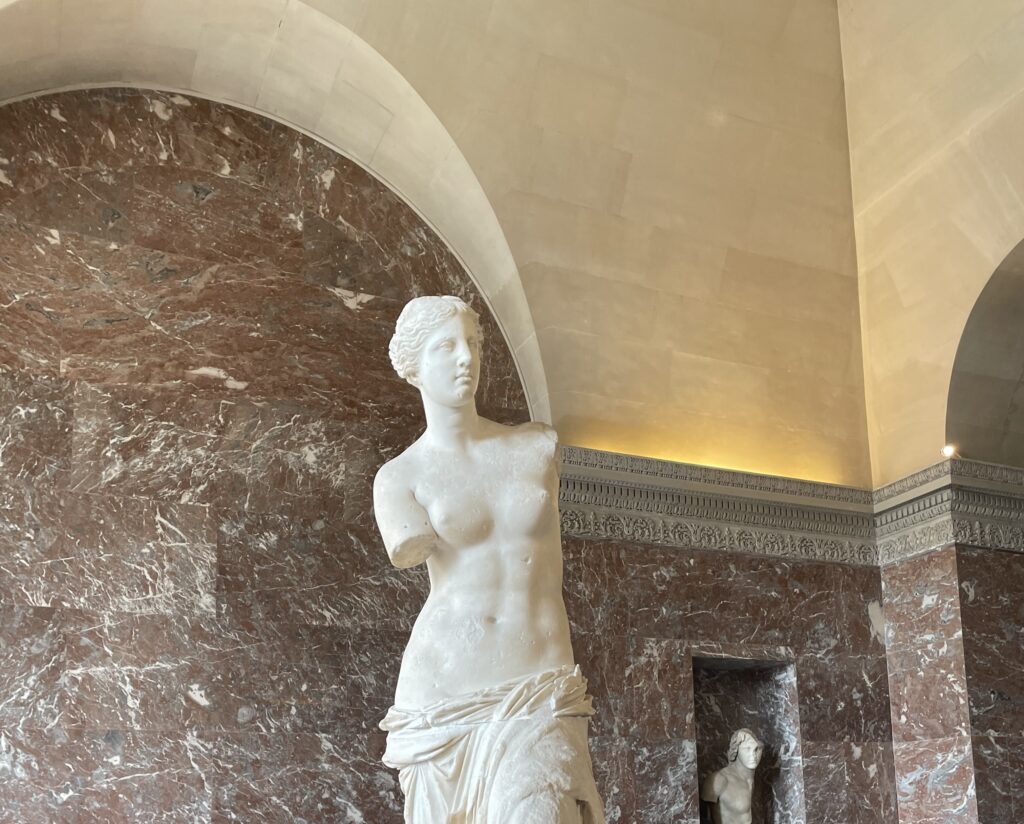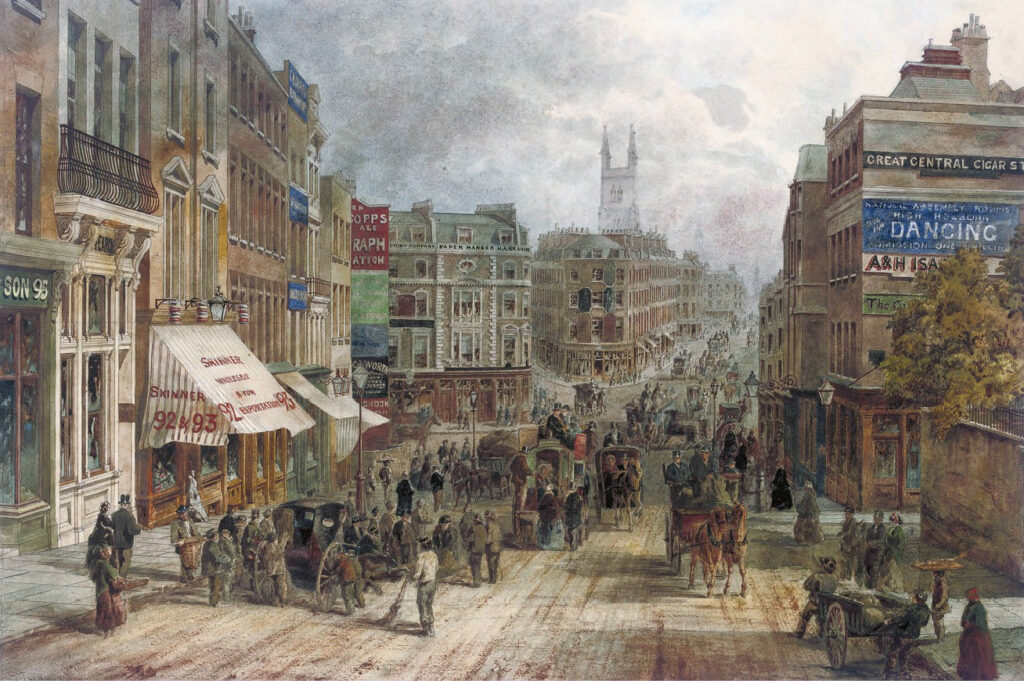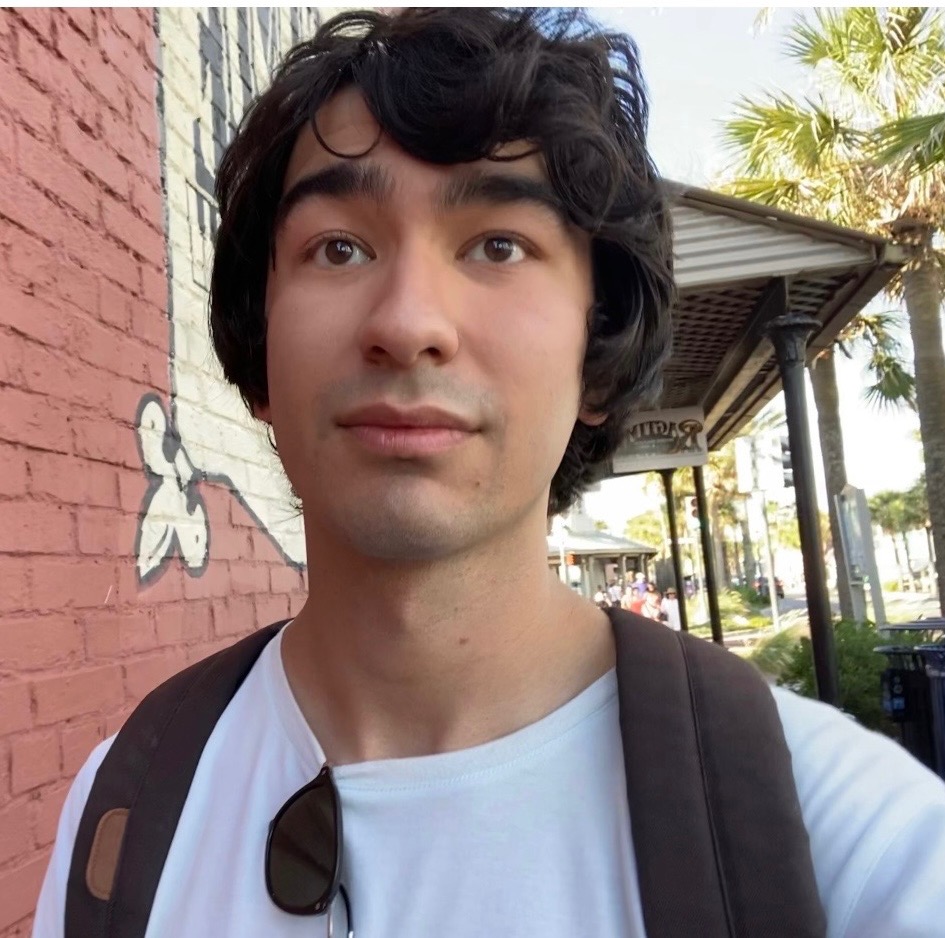Audio is Vivaldi Four Seasons Spring Movement 2 Largo By John Harrison Licensed Under Copyright CC Attribution Share-alike 1.0
Image 1 is Protozoa taken by Donald Hobern and licensed under CC Attribution 2.0 Generic
Image 2 is Prochlorococcus taken by Luke Thompson and licensed under CC 1.0 Universal Public Domain
Image 3 is Giant Kelp taken by US National Park Center and licensed under public domain as it was released by the US Government
Image 4 is Sponge taken by Dlloyd and licensed under CC Attribution Sharealike 3.0
Image 5 is Channel Catfish taken by the Missouri State Archive and licensed under public domain as it was released by the State of Missouri
Image 6 is Aplastodiscus taken by Lucas Rosado Mendonça and is licensed under CC Attribution Share alike 4.0 International
Image 7 is Osteolaemus taken by H. Zell and licensed under CC Attribution Share Alike 3.0
Image 8 is T-Rex taken by Daniel Schwen and licensed under CC Attribution Share Alike 4.0 International
Image 9 is Prehistoric Bird taken by Keith Kissel and licensed under CC Attribution 2.0 Generic
Image 10 is Vervet monkey taken by Bernard DuPont and licensed under CC Attribution Share Alike 2.0 Generic
Image 11 is Chimpanzee VIII taken by Chi King and licensed under CC Attribution 2.0 Generic
Image 12 is Human Eye With Limbal Ring taken by rapidreflex and licensed under CC Attribution Share Alike 4.0 International

